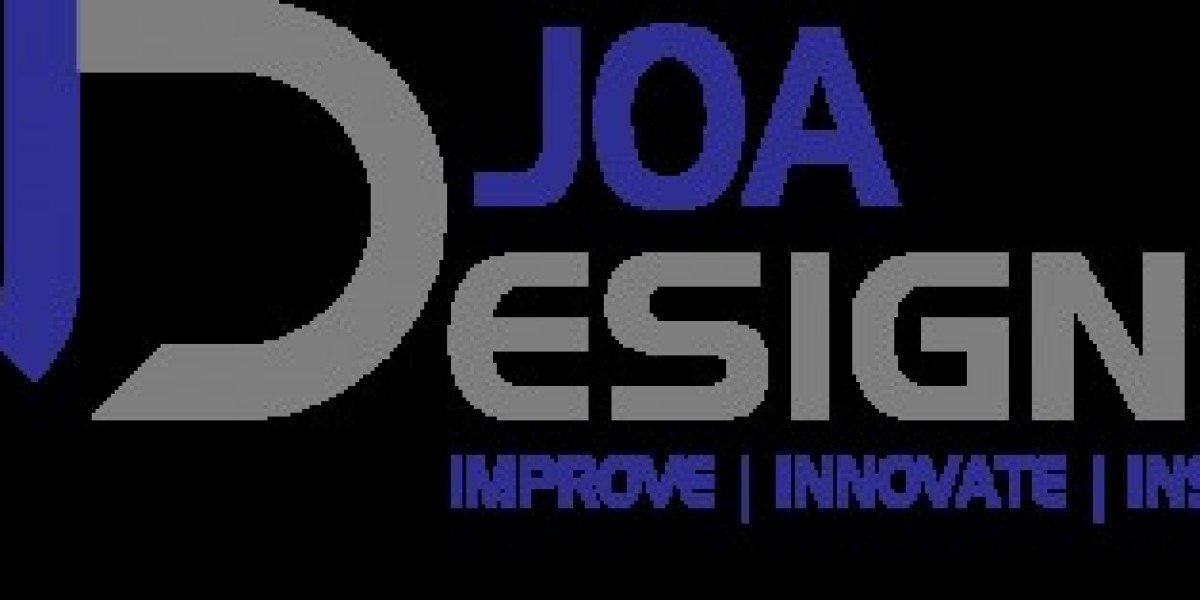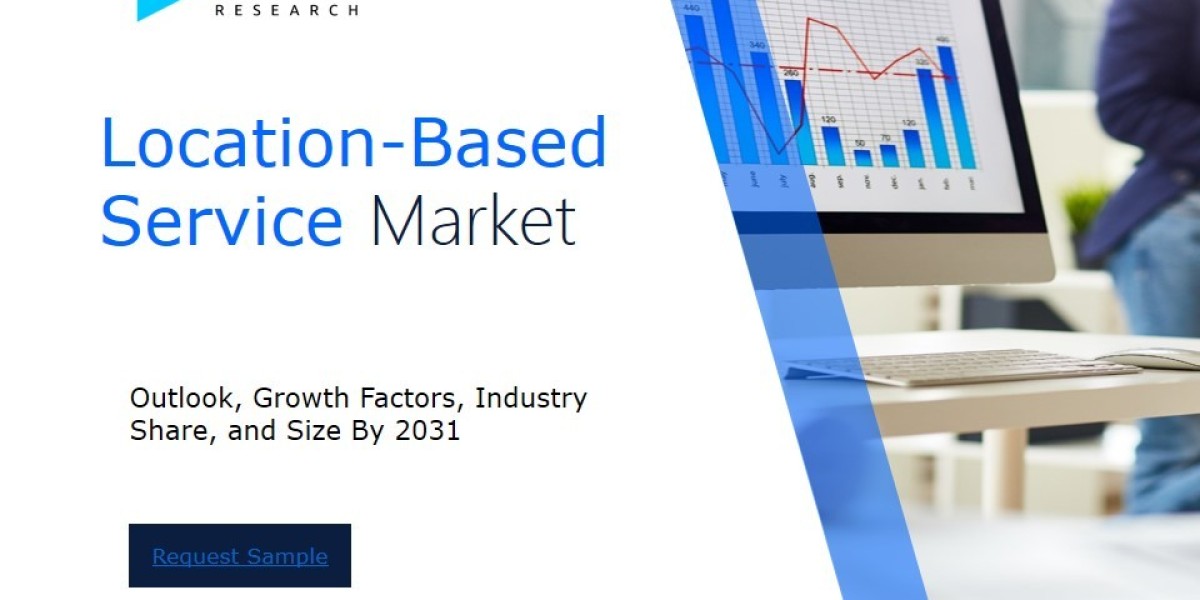In the rapidly evolving world of product design, innovation and functionality are crucial for success. As companies strive to stay competitive and relevant, the role of product design consultants has become increasingly significant. These experts offer more than just aesthetic guidance; they are integral to transforming ideas into market-ready products that captivate consumers and fulfill practical needs. This article delves into the multifaceted world of product design consultants exploring its evolution, key benefits, and how these consultants shape the future of product design.
The Role of Product Design Consultants
Product design consultants are specialists who provide expertise in creating and refining products. They play a critical role in the product development lifecycle, from initial concept to final production. Their responsibilities include:
Concept Development: Consultants help in brainstorming and refining product ideas. They use market research and consumer insights to ensure that the concepts are innovative and align with market needs.
Design and Prototyping: Once a concept is established, consultants translate it into tangible designs. This includes creating detailed sketches, digital models, and prototypes to test and refine the product.
Usability Testing: Consultants conduct tests to ensure the product is user-friendly. They gather feedback through various methods, including focus groups and usability labs, to identify areas for improvement.
Manufacturing and Production: With a finalized design, consultants assist in selecting materials and manufacturing processes. They work closely with manufacturers to ensure that the product is produced to the highest standards.
Market Strategy: Beyond design, consultants often help develop strategies for product launch and marketing, ensuring that the product reaches the target audience effectively.
The Evolution of Product Design Consulting
The field of product design consultant has evolved significantly over the years. Historically, product design was a largely in-house function, with companies relying on their internal teams to develop products. However, the complexity of modern markets and the rapid pace of technological advancements have led to a shift towards external consulting.
From In-House to Outsourced Expertise: As global competition intensified, many companies realized the benefits of outsourcing product design. External consultants bring a fresh perspective, specialized skills, and up-to-date knowledge of design trends and technologies.
Integration of Technology: The advent of advanced technologies such as 3D printing, virtual reality (VR), and computer-aided design (CAD) has transformed product design. Consultants now leverage these tools to create more precise and innovative designs, accelerating the development process.
Sustainability Focus: Modern consumers and regulatory environments increasingly prioritize sustainability. Product design consultants now incorporate eco-friendly materials and processes into their designs, helping companies meet environmental standards and appeal to conscious consumers.
User-Centric Design: There is a growing emphasis on user experience (UX) and human-centered design. Consultants use user research and feedback to create products that are not only functional but also intuitive and engaging.
Globalization and Collaboration: With the rise of global markets, product design consultants often work with international teams and clients. This global perspective allows for diverse and innovative design solutions that cater to different cultural preferences and market demands.
Benefits of Hiring Product Design Consultants
Engaging with product design consultants offers numerous advantages for businesses looking to develop new products or enhance existing ones:
Expertise and Experience: Consultants bring a wealth of knowledge and experience to the table. Their expertise in design principles, market trends, and technology can significantly enhance the quality of the product.
Innovation and Creativity: Consultants are adept at thinking outside the box. They bring creative solutions and innovative ideas that can differentiate a product in a crowded market.
Cost and Time Efficiency: While hiring consultants involves an investment, it can ultimately save money and time. Consultants streamline the design process, reduce the likelihood of costly mistakes, and accelerate time-to-market.
Objective Perspective: As outsiders, consultants provide an unbiased view of the product and market. This fresh perspective can uncover opportunities and challenges that internal teams might overlook.
Risk Mitigation: With their experience in product development, consultants help identify potential risks early in the process. This proactive approach helps in addressing issues before they become major problems.
Scalability: Consultants can be hired on a project-by-project basis, offering flexibility that allows businesses to scale their design efforts up or down based on their needs.
Case Studies: Success Stories in Product Design Consulting
To illustrate the impact of product design consultants, consider the following examples of successful collaborations:
Apple and Industrial Design: Apple’s collaboration with industrial design company particularly Jonathan Ive, is a classic example of how external expertise can shape a brand's identity. Ive’s influence on the design of iconic products like the iPhone and MacBook has been instrumental in establishing Apple’s reputation for sleek, user-friendly designs.
IDEO and Human-Centered Design: IDEO, a renowned design and consulting firm, has been a pioneer in human-centered design. Their work on the Apple Computer’s first computer mouse and the development of the Palm V PDA showcases their ability to create innovative products that prioritize user experience.
Frog Design and Healthcare: Frog Design’s work in the healthcare sector, such as the design of the "Neonatal Resuscitation Kit," demonstrates the consultant's role in addressing complex challenges. By focusing on usability and functionality, Frog Design created a product that significantly improves neonatal care in developing regions.
The Future of Product Design Consulting
As technology and consumer expectations continue to evolve, the role of product design consultants will likely become even more integral. Future trends in product design consulting may include:
Integration of Artificial Intelligence (AI): AI has the potential to revolutionize product design by analyzing vast amounts of data to generate design insights and predictions. Consultants will increasingly leverage AI to enhance design processes and outcomes.
Customization and Personalization: As consumer preferences shift towards personalized products, consultants will focus on creating solutions that cater to individual needs and preferences. This trend will drive innovations in customizable and adaptive product designs.
Circular Economy: The concept of a circular economy, which emphasizes recycling and reusing materials, will become more prominent. Consultants will play a crucial role in designing products that align with these principles, reducing waste and promoting sustainability.
Enhanced Collaboration Tools: With the rise of remote work and global teams, advanced collaboration tools will facilitate better communication and coordination between consultants and clients, leading to more efficient and effective design processes.
Ethical and Inclusive Design: There will be an increasing focus on ethical and inclusive design practices. Consultants will need to ensure that products are accessible to diverse populations and adhere to ethical standards.
Conclusion
3D rendering helps create accurate models of anatomical structures for educational and surgical planning purposes. Moreover, the automotive and aerospace industries leverage rendering to prototype and test designs virtually, reducing costs and time associated with physical models. As 3d rendering continues to advance, its applications are expanding, driving innovation and efficiency in countless fields.







